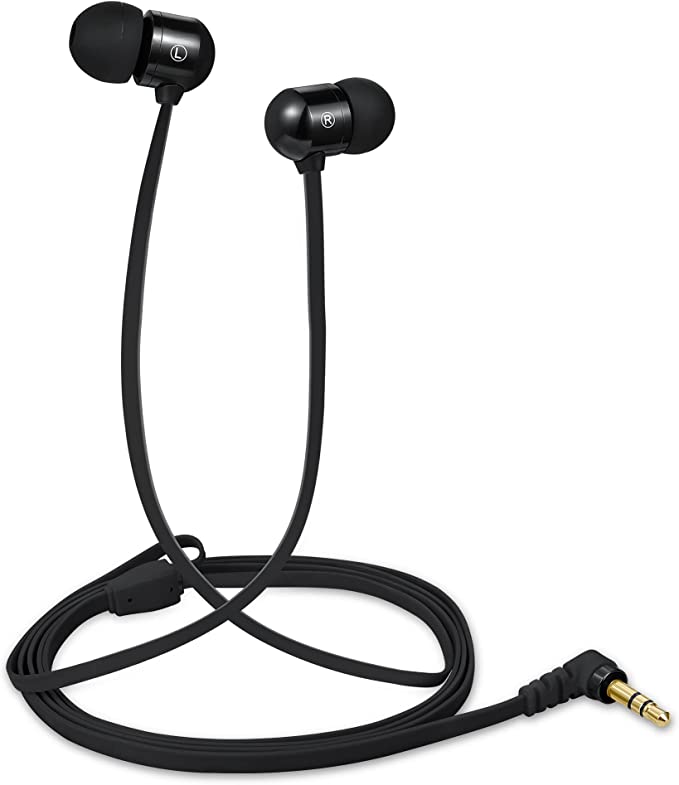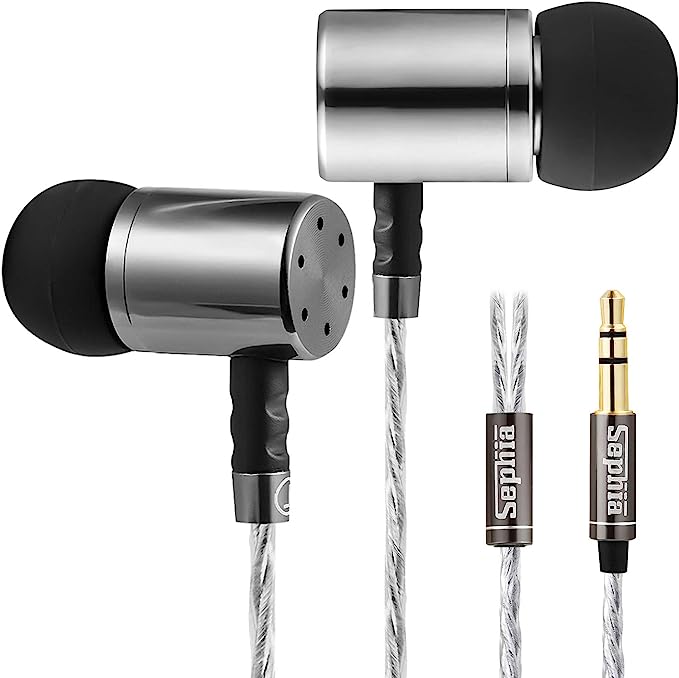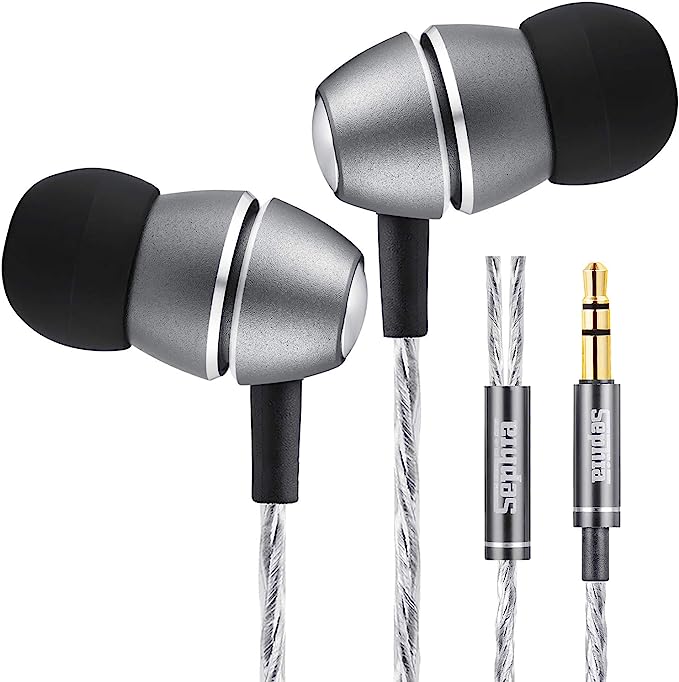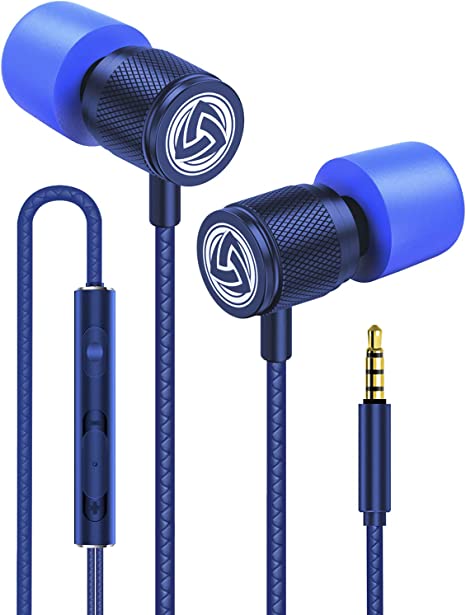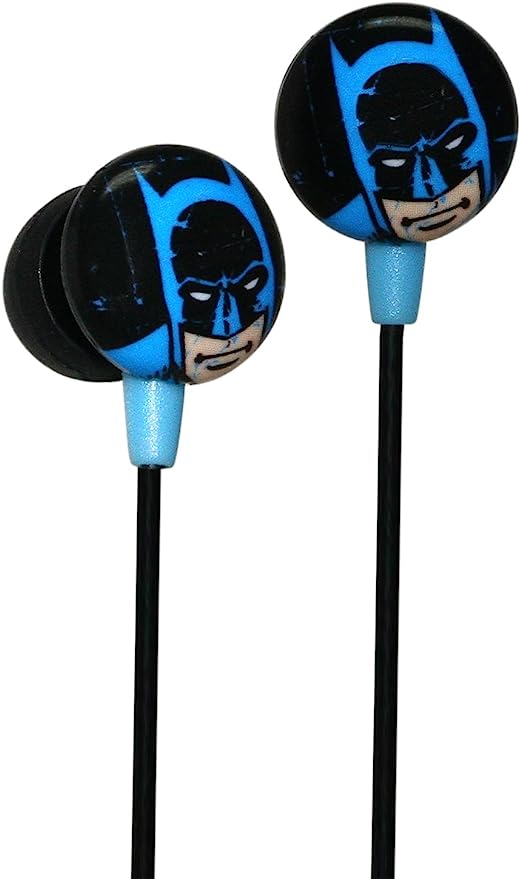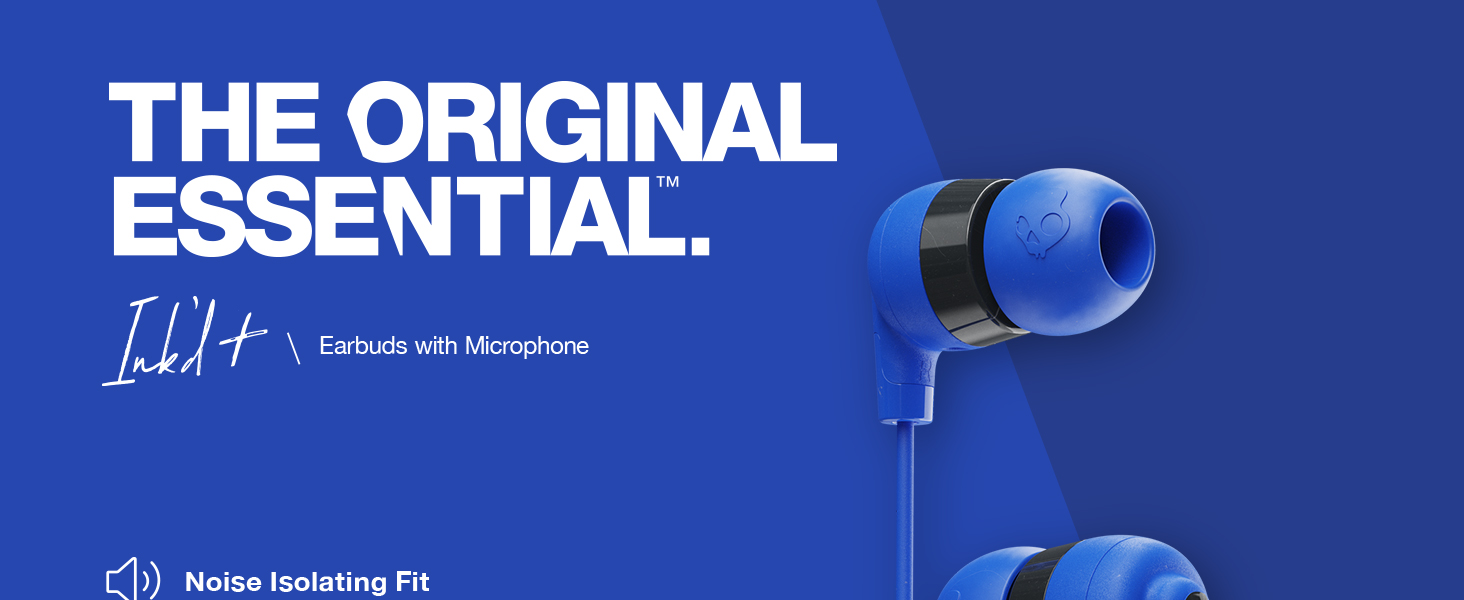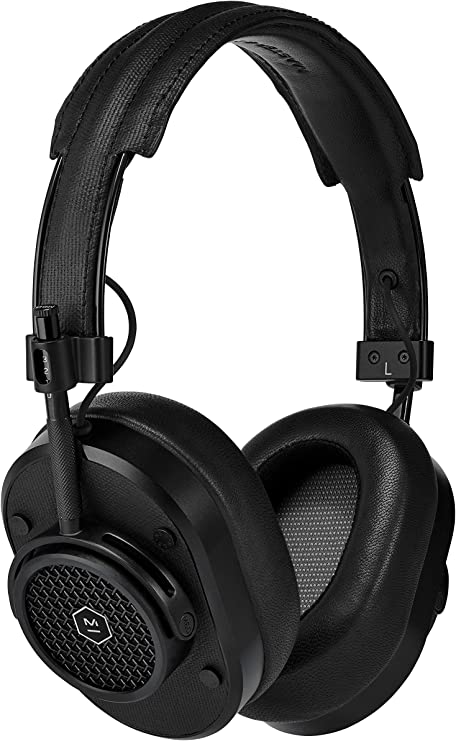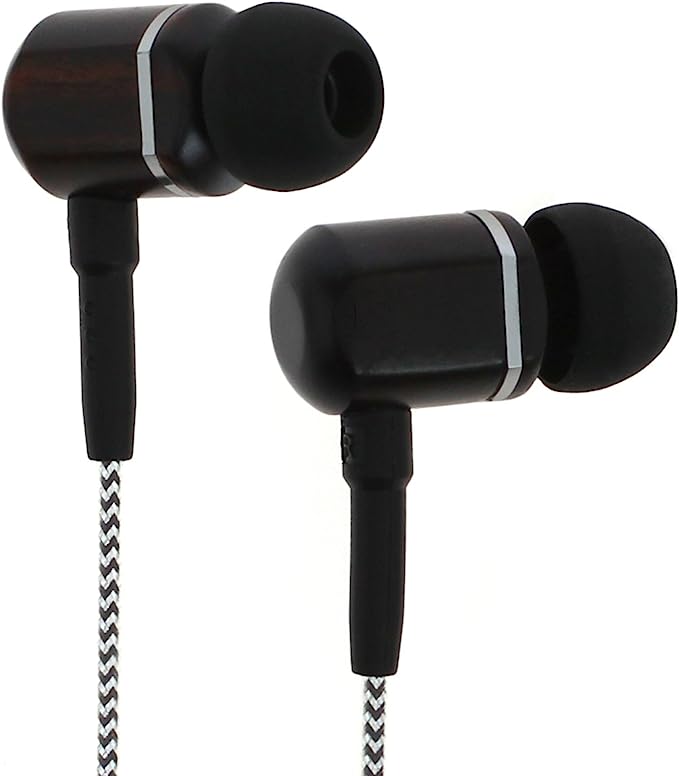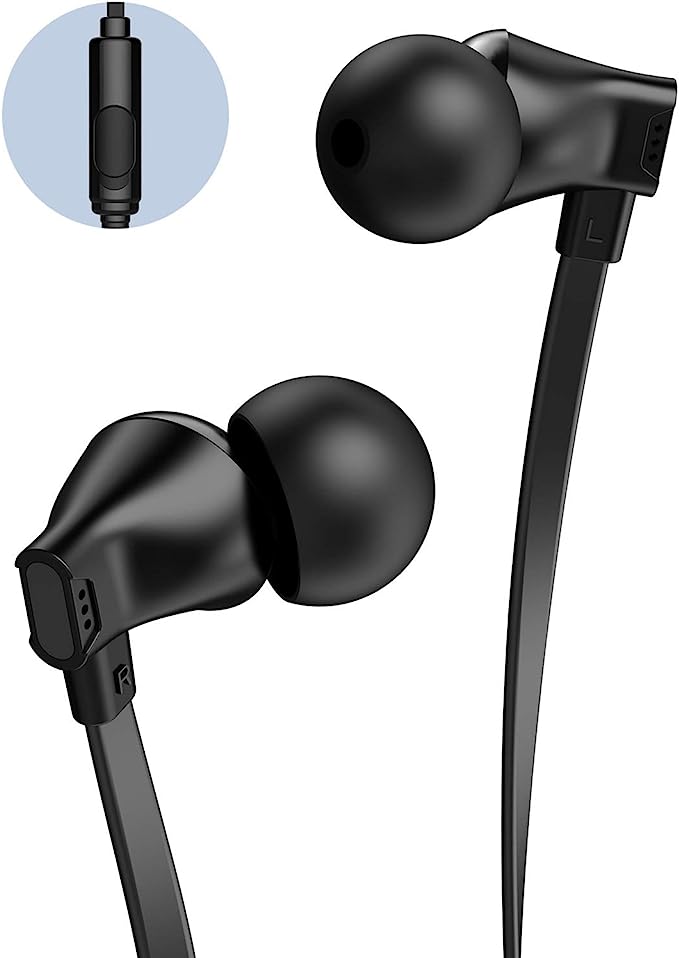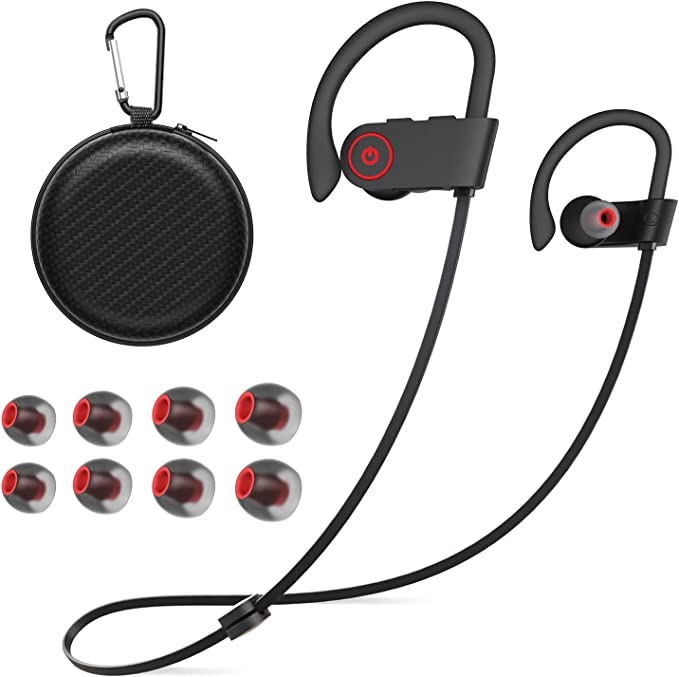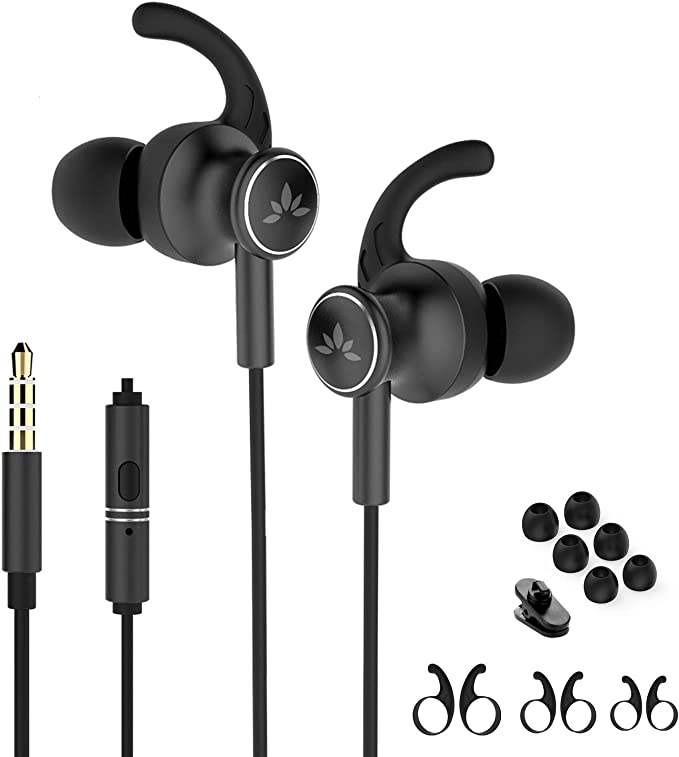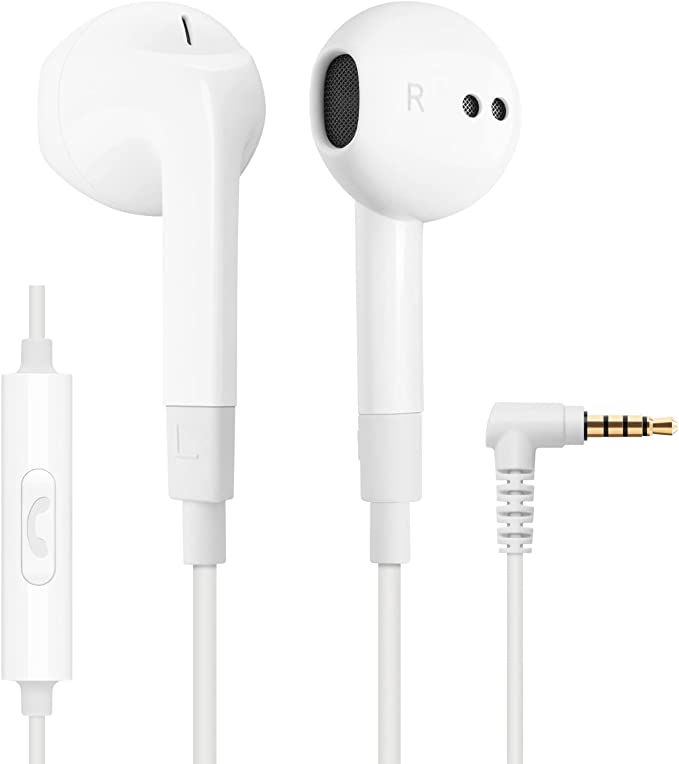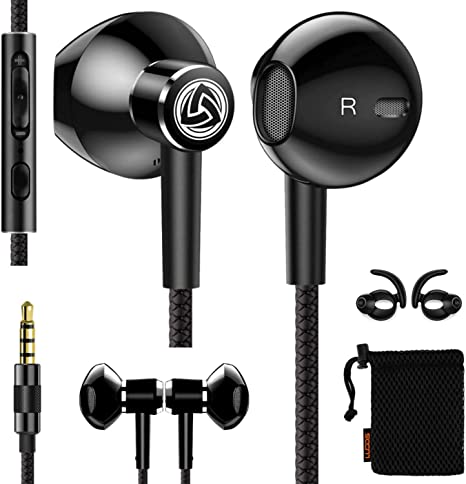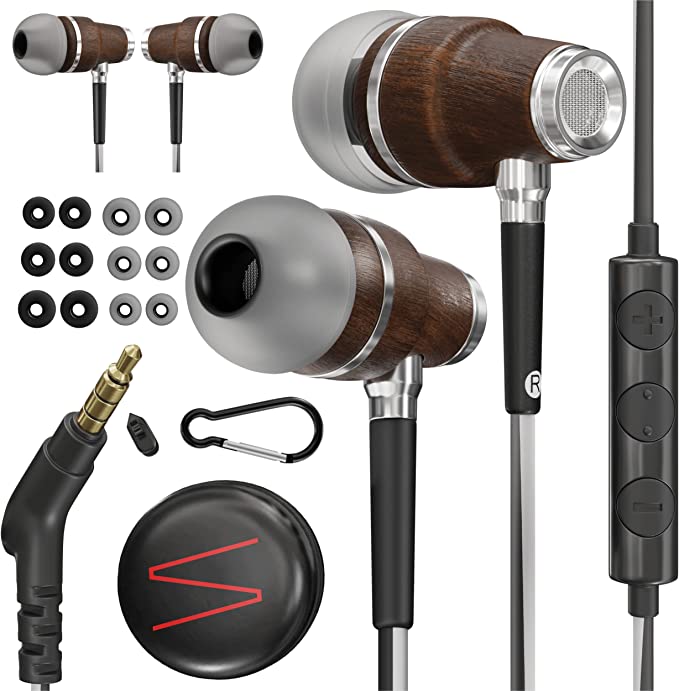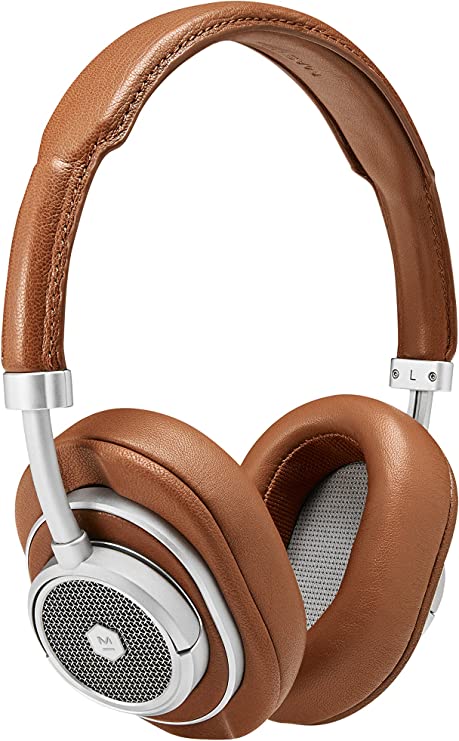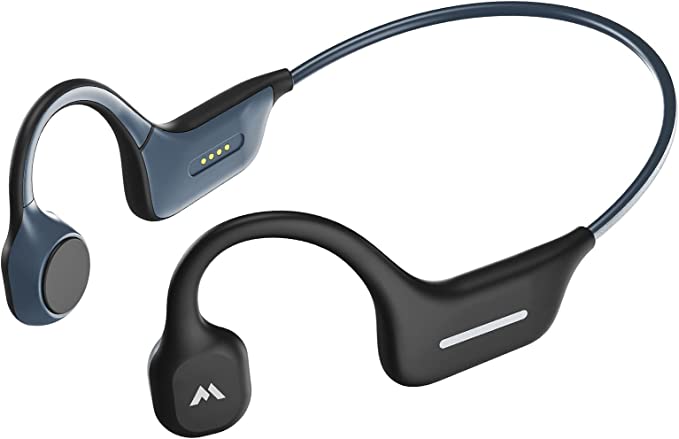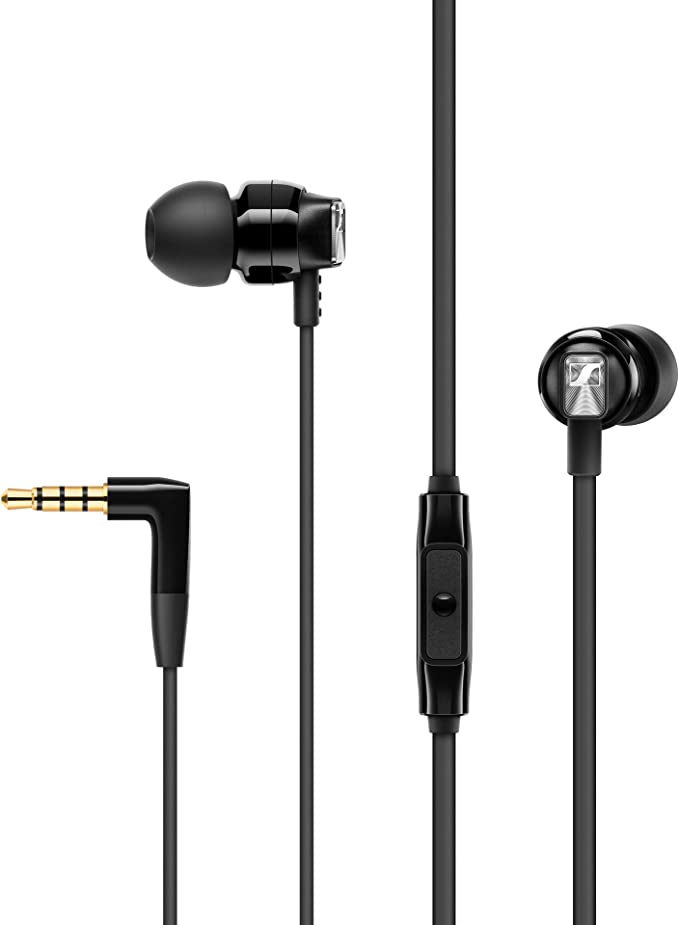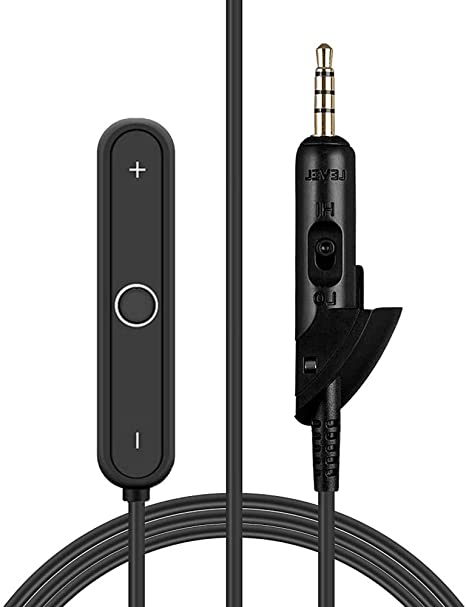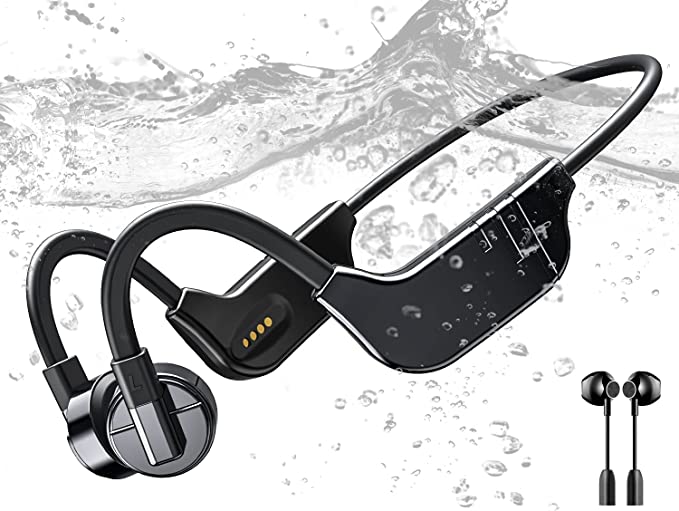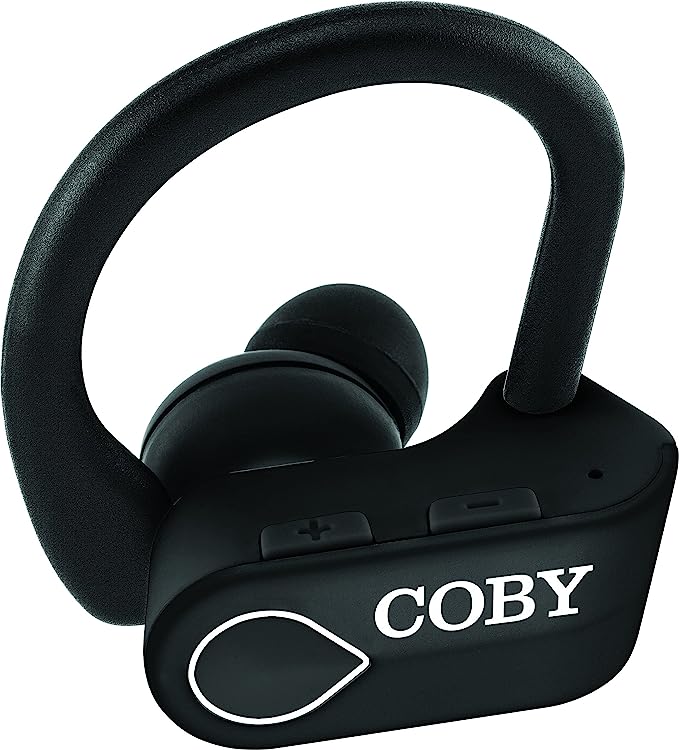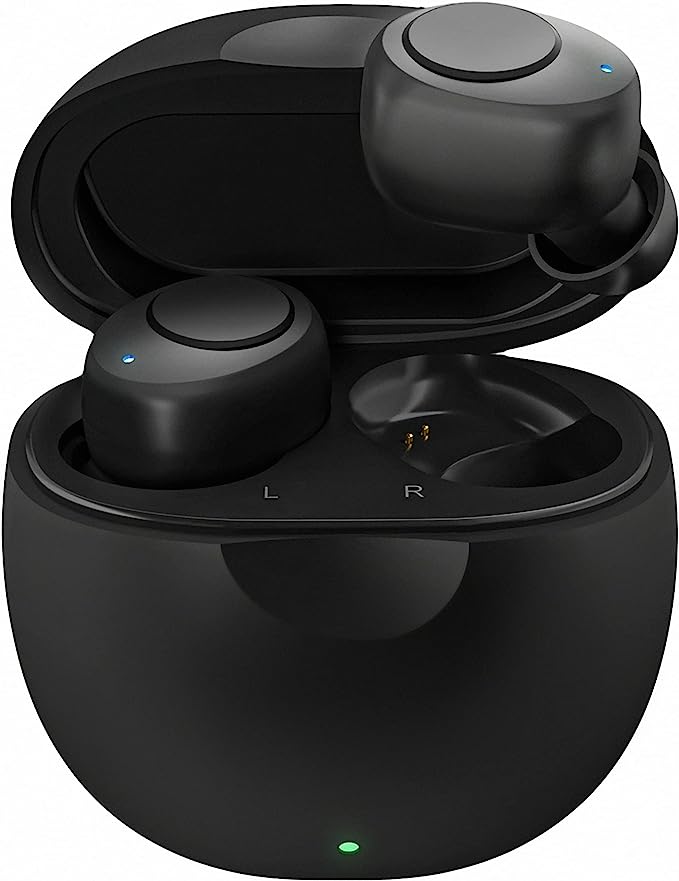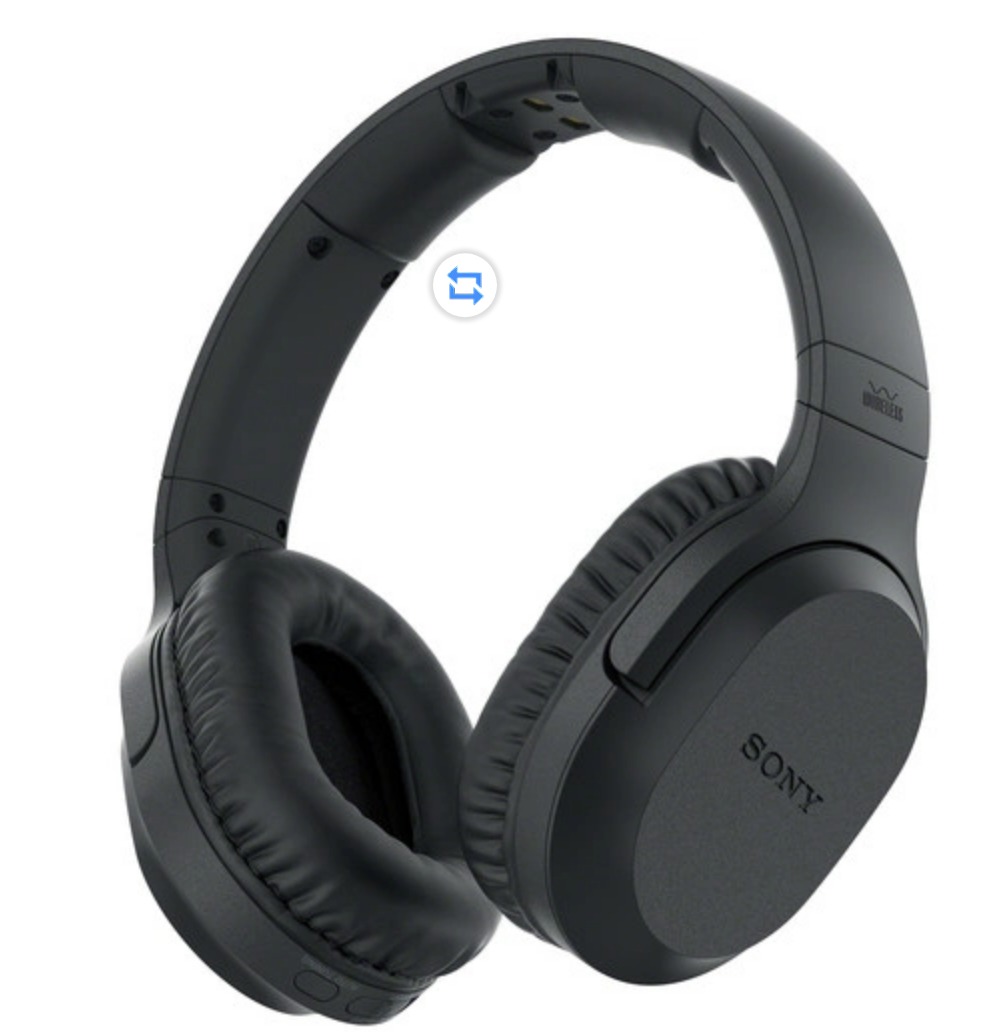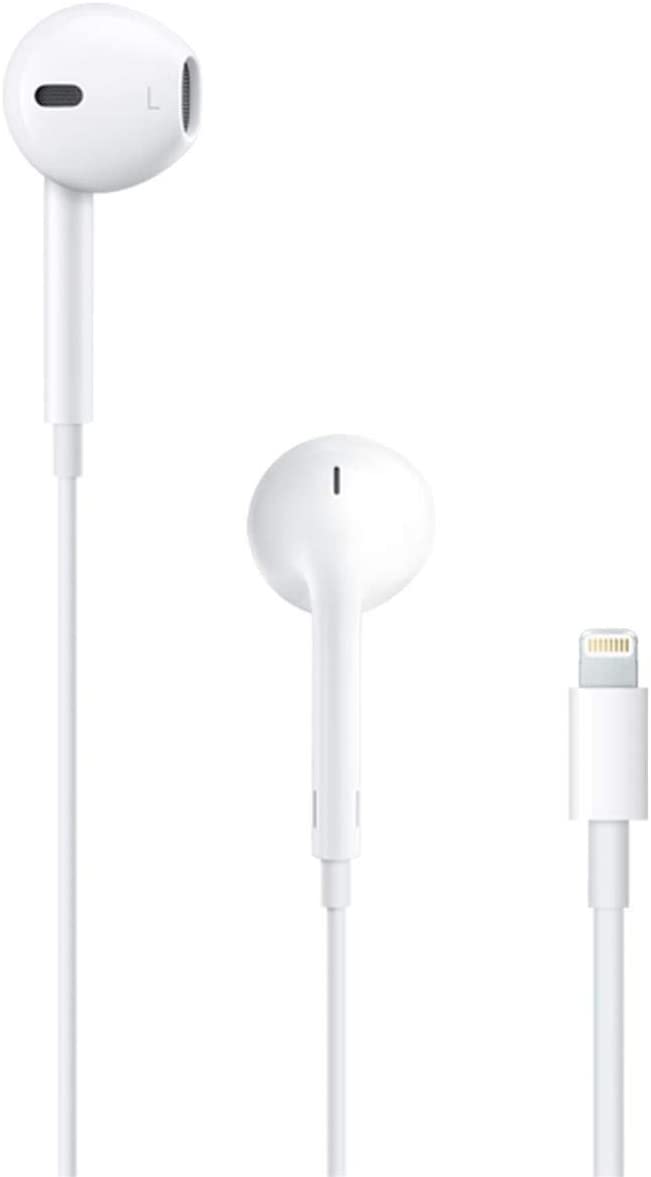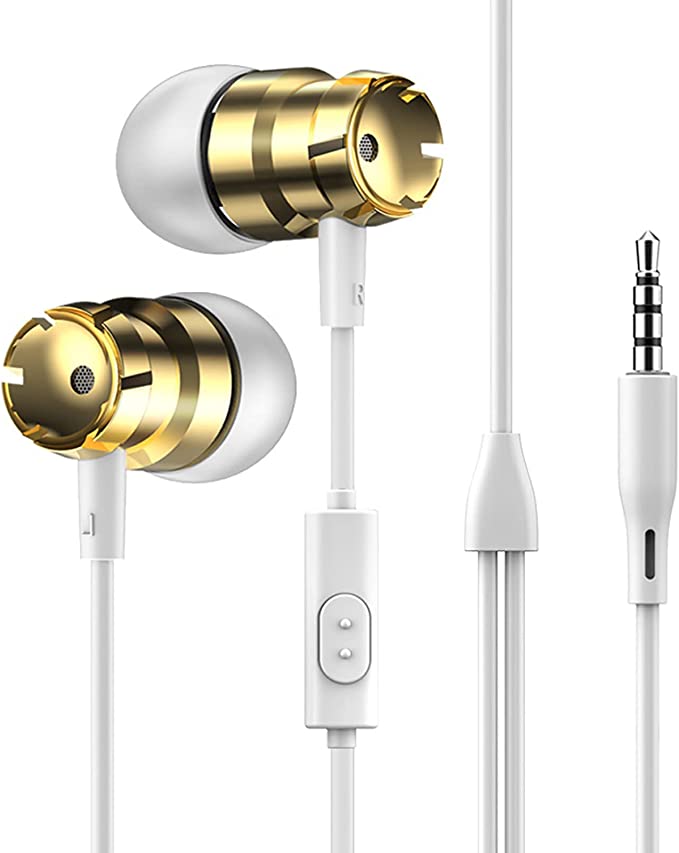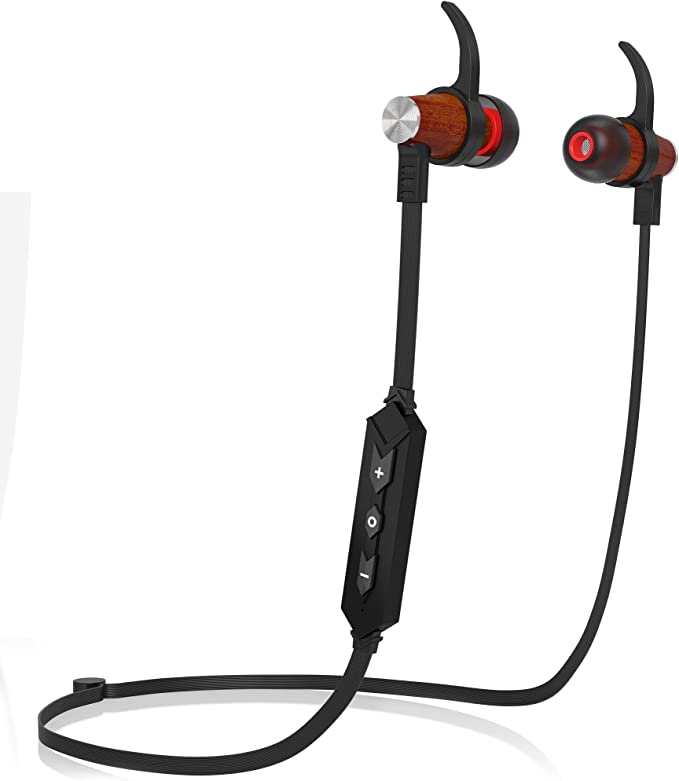The Enduring Wire: Decoding the Science and Soul of Modern Earbuds
Update on Aug. 12, 2025, 3:44 p.m.
There’s a sound that is fading from our collective memory: the quiet, tactile, and deeply satisfying click of a 3.5mm plug sliding into its port. It was once the universal handshake between a music player and its listener, a sound that promised a private world of audio. In our current age of seamless wireless pairing and magnetic charging, the very existence of a new, wired product like the CUTSUGOK CU023 HD in-Ear Earbuds feels like a paradox. It’s an artifact from a different time, launched into our wireless future.
This mysterious product, with its bold claims and absent user reviews, presents a unique opportunity. We will place it under a microscope, not to assign it a star rating, but to perform a scientific autopsy on its promises. By dissecting its terminology, we can rediscover the timeless principles of physics, history, and psychology that govern the simple, profound act of listening.

The Ghost in the Machine: Decoding “Lossless” and “HD” Audio
The CU023’s packaging proclaims a “Lossless Sound Effect” and an “HD” experience. These are powerful words in the audio world, but their true meaning is often lost in translation from the engineering lab to the marketing department.
The term “lossless” does not, and cannot, describe an earbud. It describes the digital audio file itself. Think of your audio signal chain as a journey for water. A lossless file (like FLAC or ALAC) is pure, spring water at the source. A compressed file (like an MP3) is filtered tap water—perfectly usable, but some original minerals have been removed. The earbud’s wire is the pipe that carries this water. A wired connection is a perfectly sealed, inert pipe; it delivers whatever water it receives without altering it. A Bluetooth connection, by contrast, must further process and compress the water to send it wirelessly. Therefore, the CU023’s wired connection is the ideal pathway for a lossless signal, but the quality of the sound you ultimately hear depends on what’s at the end of the pipe: the earbud’s driver, the component that actually makes the sound.
The promise of “HD Audio” is similarly nuanced. While there is an official industry standard, “Hi-Res Audio,” certified by organizations like the Japan Audio Society, the term “HD” on its own is often just marketing shorthand for “better than basic.” The Hi-Res certification requires that a device can reproduce frequencies up to 40,000 Hz, far beyond the 20,000 Hz ceiling of human hearing. The scientific debate rages on whether these ultrasonic frequencies have a perceptible impact on the audible sound. Without that official certification, the “HD” claim on the CU023 is best understood as a promise of higher fidelity, a signal that its internal components are engineered for greater clarity than a dollar-store alternative.
The Strange Science of a Quiet Commute: Unpacking “Wheat Noise Reduction”
Perhaps the most baffling feature listed is “Wheat noise reduction.” This term is unknown in the lexicon of audio engineering and stands as a testament to the creative, and sometimes confusing, language of global marketing. However, by looking at the earbud’s design, we can confidently deduce this refers to a fundamental and highly effective technology: Passive Noise Isolation.
Unlike Active Noise Cancellation (ANC), which uses sophisticated electronics to create anti-noise waves, passive isolation is beautifully simple. It’s the science of the physical barrier. The principle is the same one you use when you shut a window to dull the sound of traffic. The CUTSUGOK CU023 is an in-ear model and comes with a critical component: “Ear Cushions.” By choosing a tip that creates a perfect seal inside your ear canal, you are building a tiny, personalized soundproof wall. This seal physically blocks a significant amount of ambient sound waves—particularly in the mid and high frequencies—from ever reaching your eardrum. The effectiveness of this “noise reduction” has nothing to do with wheat, and everything to do with achieving a snug, airtight fit. It’s a reminder that sometimes the most effective solutions are based on simple, elegant physics.

Manufacturing Emotion: The Cult of “Heavy Bass”
The promise of “heavy bass” is not just a technical specification; it’s a statement about the earbud’s engineered personality. It tells us that the CU023 has been intentionally tuned to emphasize low-frequency sounds. This tuning choice taps directly into the science of psychoacoustics—the study of how we psychologically perceive sound.
Our connection to bass is primal. Deep, rhythmic sounds are felt as much as they are heard. Pioneering research in the 1930s by scientists like Harvey Fletcher and Wilden A. Munson produced the first equal-loudness contours, which demonstrated that at lower volumes, human hearing is far less sensitive to low and high frequencies. To compensate, audio engineers often create a “V-shaped” frequency response, boosting the bass and treble to make music sound more dynamic and powerful, even at moderate listening levels. This “heavy bass” is therefore an engineered emotional response, designed to make music feel more immersive and impactful. The only trade-off is that an overabundance of bass can sometimes crowd the midrange frequencies, where vocals and instruments like guitars and pianos live, potentially sacrificing a degree of clarity for raw power.

The Unsung Virtues: Why the Wire Fights On
So why, in an age of wireless freedom, would a product like the CU023 still hold appeal? Because the wire offers three virtues that wireless technology, for all its convenience, still struggles to match: fidelity, reliability, and an absolute lack of delay.
When Sony launched the Walkman in 1979, its 3.5mm port became the global standard, a universal language of personal audio. That legacy of reliability endures. A wired connection is immune to battery death, signal dropouts, and frustrating pairing rituals. But its most crucial advantage is its zero-latency nature. The delay between a wireless earbud receiving a signal and playing the sound, while ever-shrinking, is always present. For a casual music listener, a delay of 50 milliseconds is unnoticeable. But for a competitive gamer trying to react to the sound of footsteps, or a musician recording a track, that delay is the difference between success and failure.
The wire isn’t obsolete; it is an anchor of certainty in the rushing river of wireless compromise. Products like the CUTSUGOK CU023 exist as a testament to this. They represent a conscious choice for unassailable reliability and raw signal integrity. They are a quiet rebellion against the tyranny of the charging cable and the vagaries of Bluetooth, reminding us that sometimes, the most direct connection is still the best.





